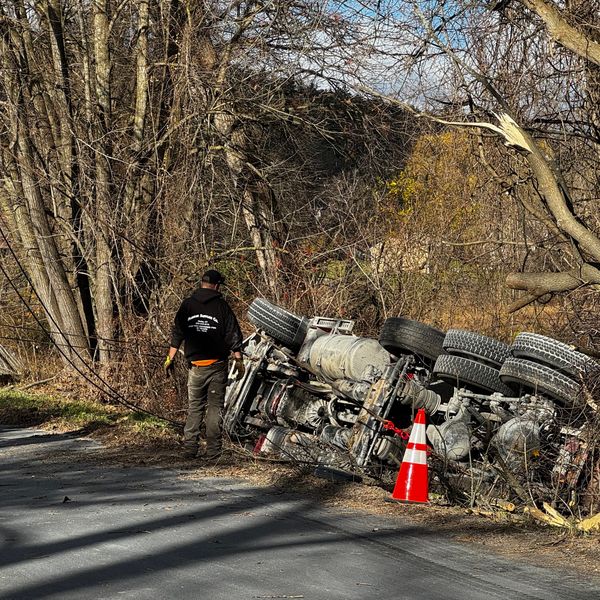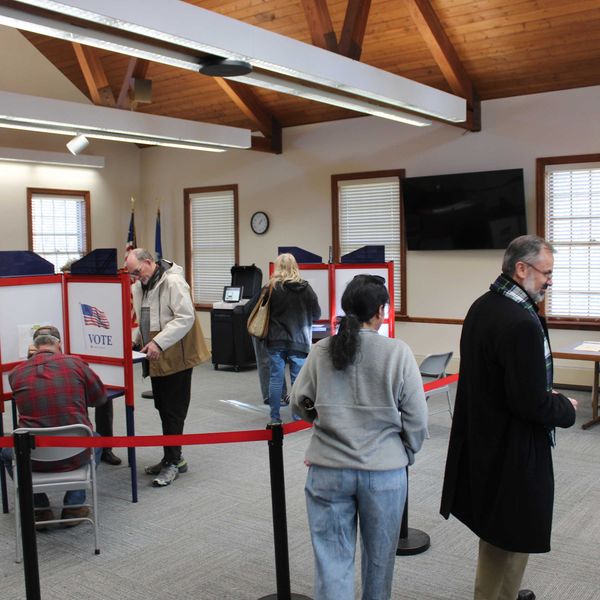Schaghticoke storytelling to celebrate Sukkot

Darlene Kascak, the Education Director for the Institute of Native American Studies in Washington and a member of the Schaghticoke Tribal Nation, told traditional Mahican stories at the Isabella Freedman Center in Falls Village on Sunday, Oct. 8. Kascak demonstrated the length of the indigenous history on the land by unfurling a string of beads, with each bead representing 100 years. Photo submitted
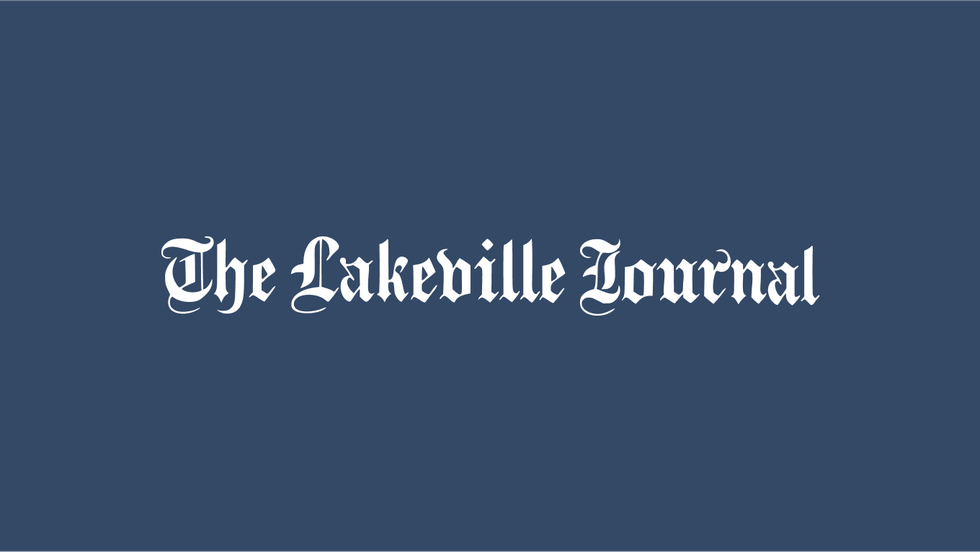

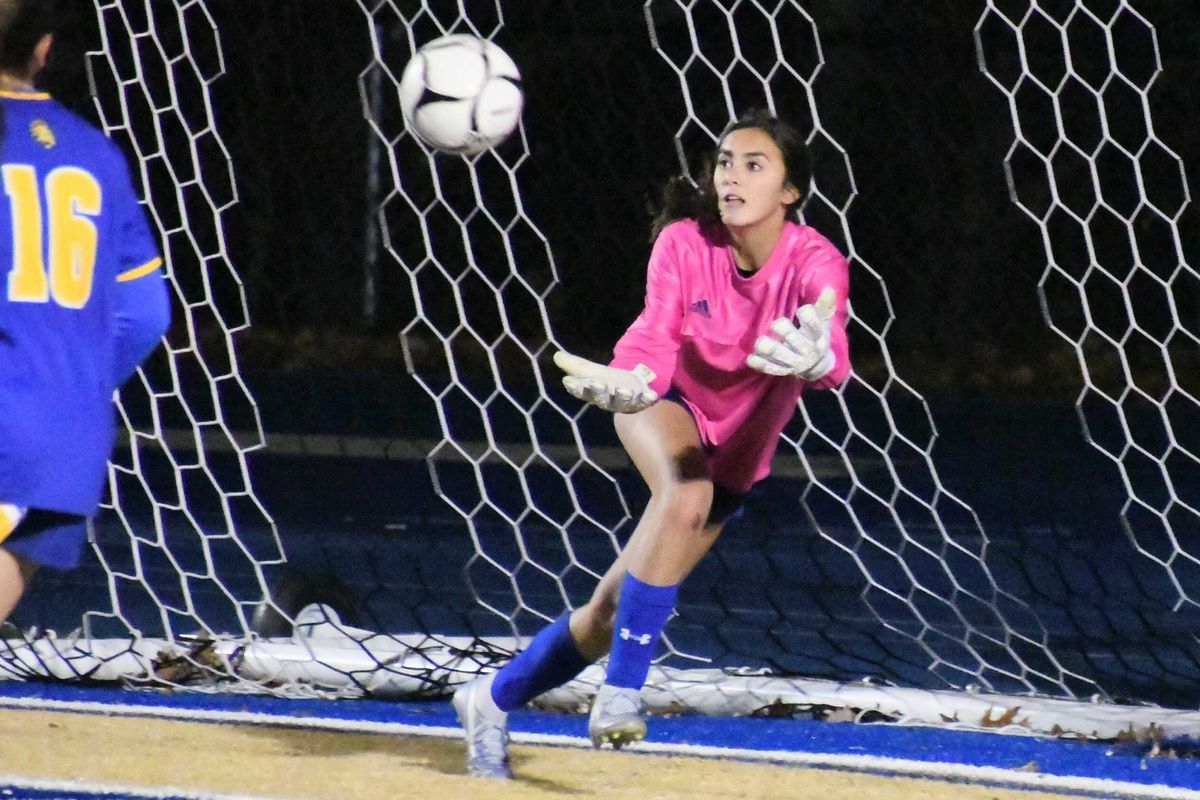
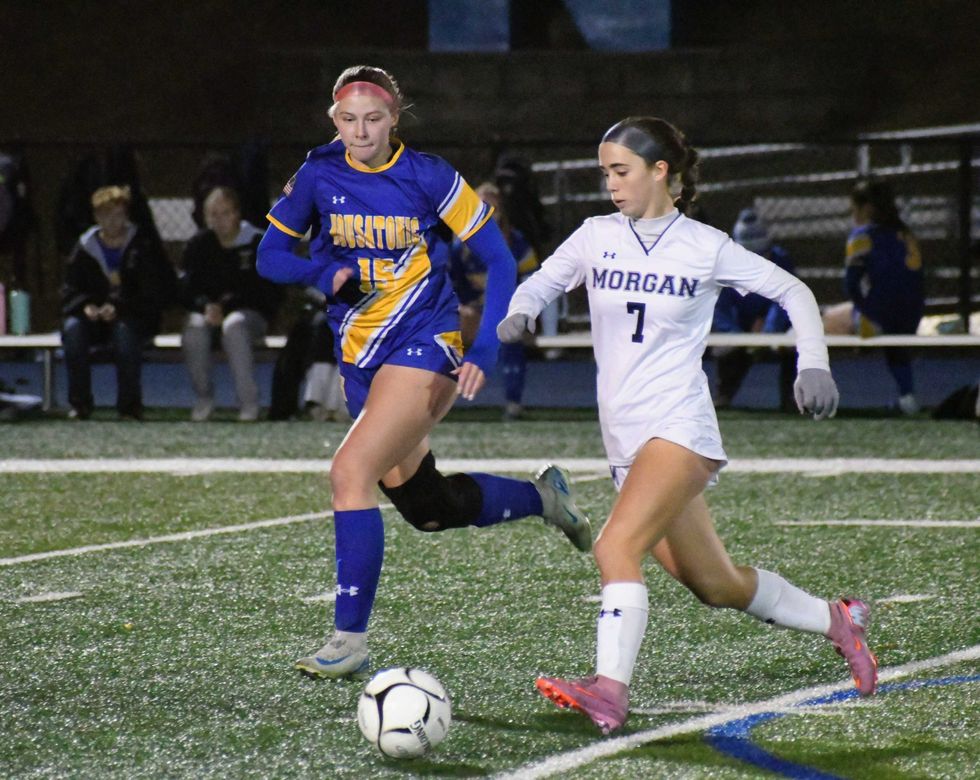 The Class S semifinal game was played at Newtown High School Wednesday, Nov. 12.Photo by Riley Klein
The Class S semifinal game was played at Newtown High School Wednesday, Nov. 12.Photo by Riley Klein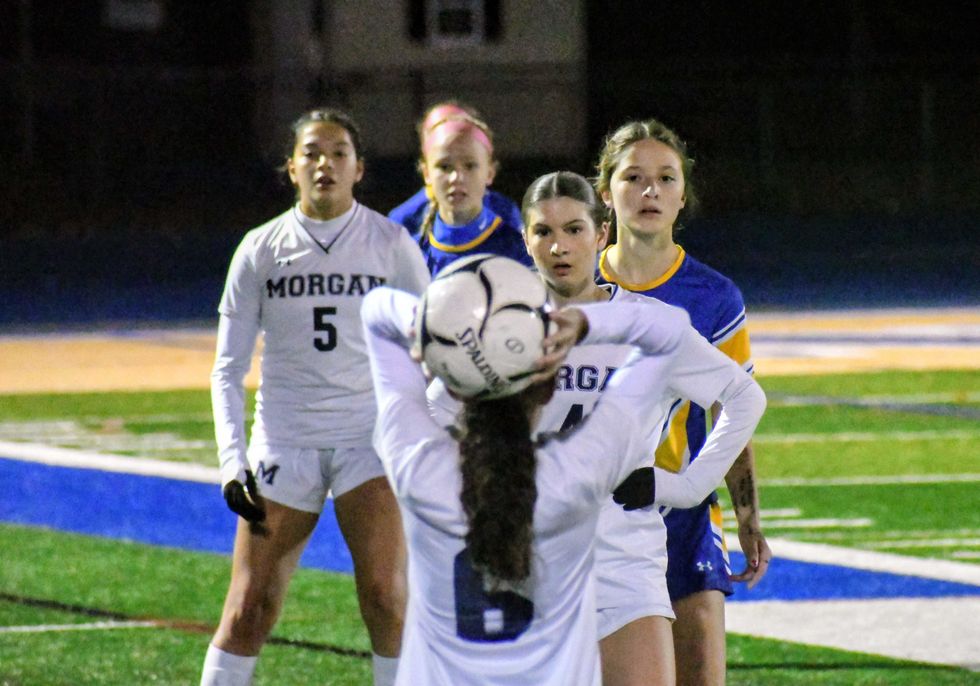



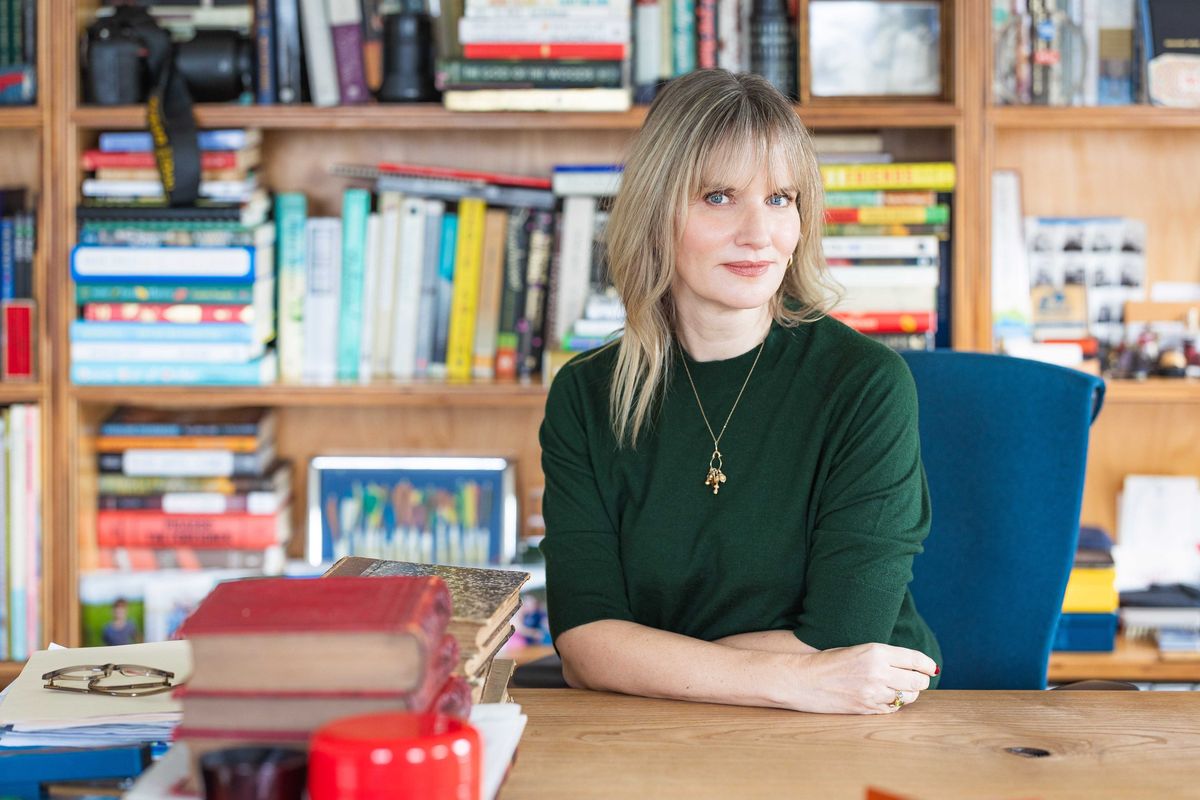
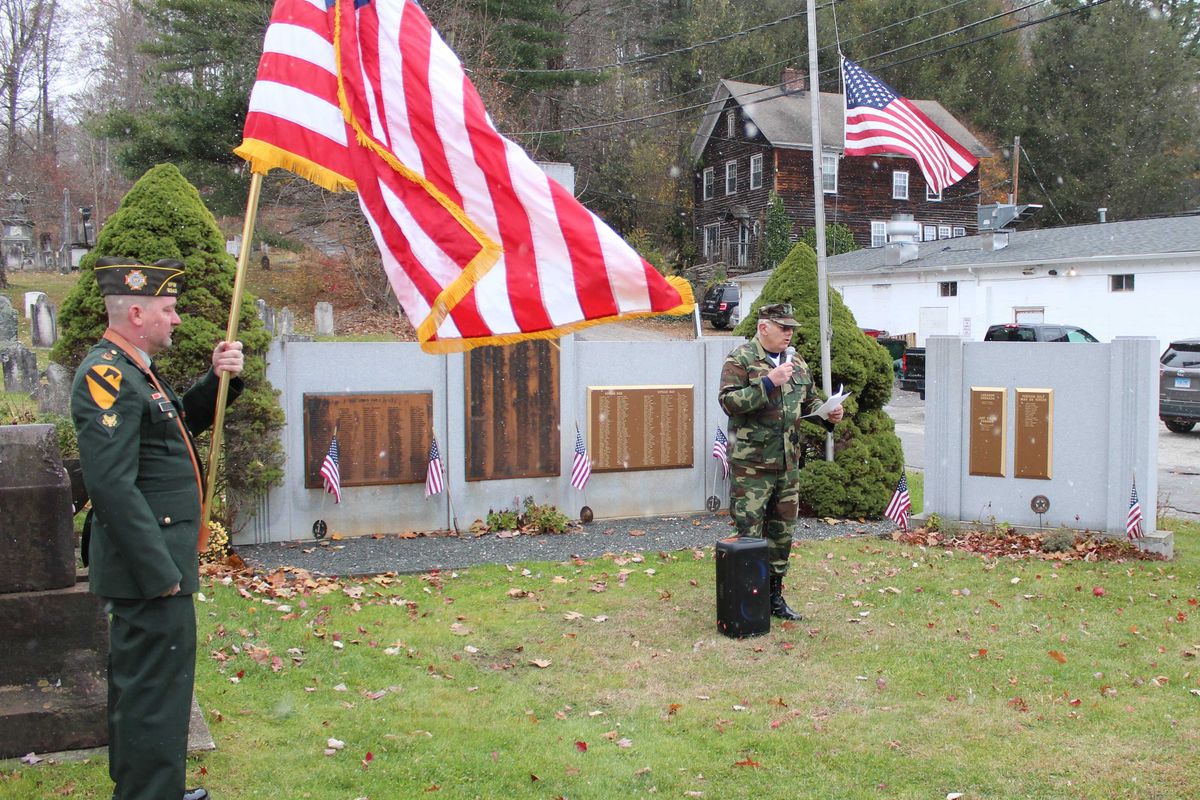
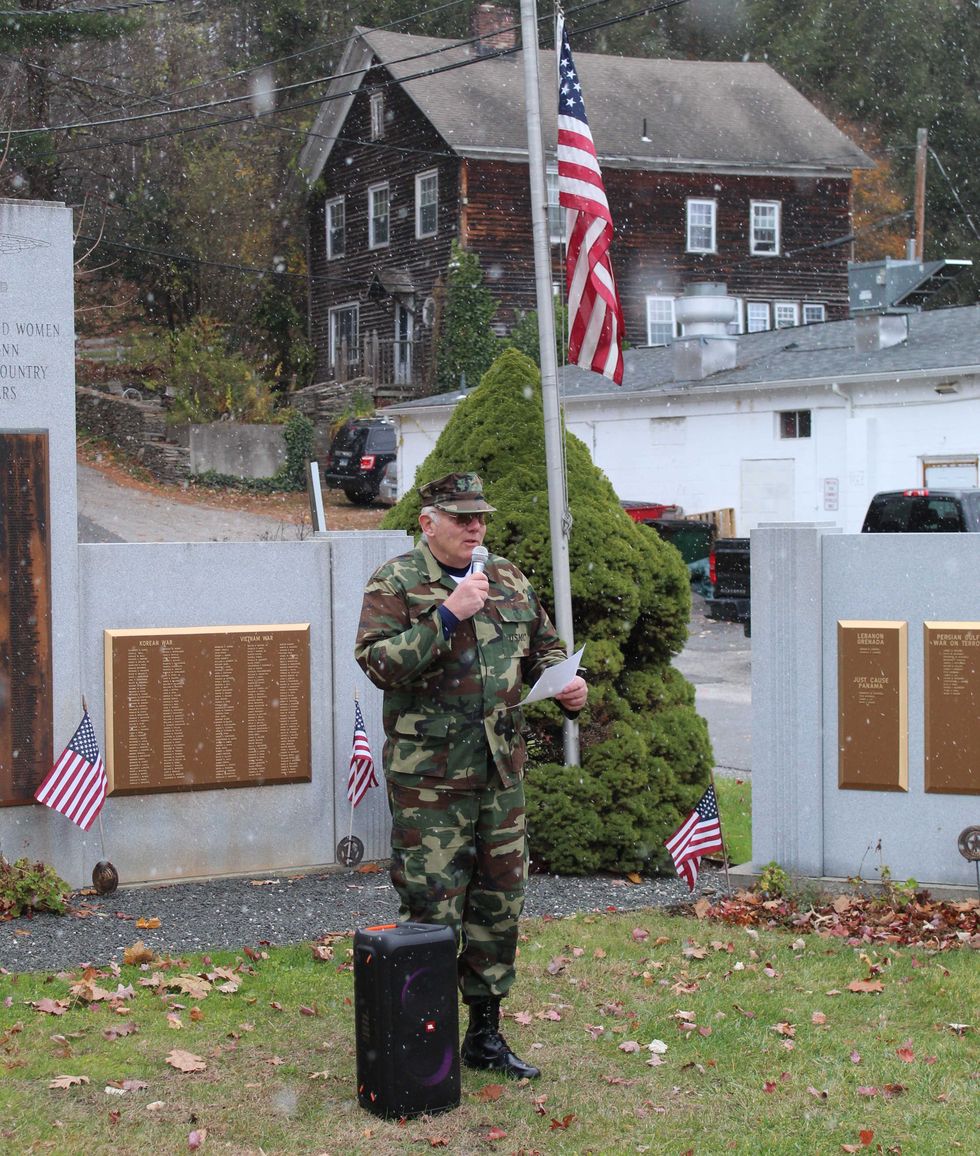 Chris Williams led the traditional Veterans Day ceremony at Salisbury Town Hall on a cold and snowy Tuesday morning, Nov. 11Photo by Patrick L. Sullivan
Chris Williams led the traditional Veterans Day ceremony at Salisbury Town Hall on a cold and snowy Tuesday morning, Nov. 11Photo by Patrick L. Sullivan
